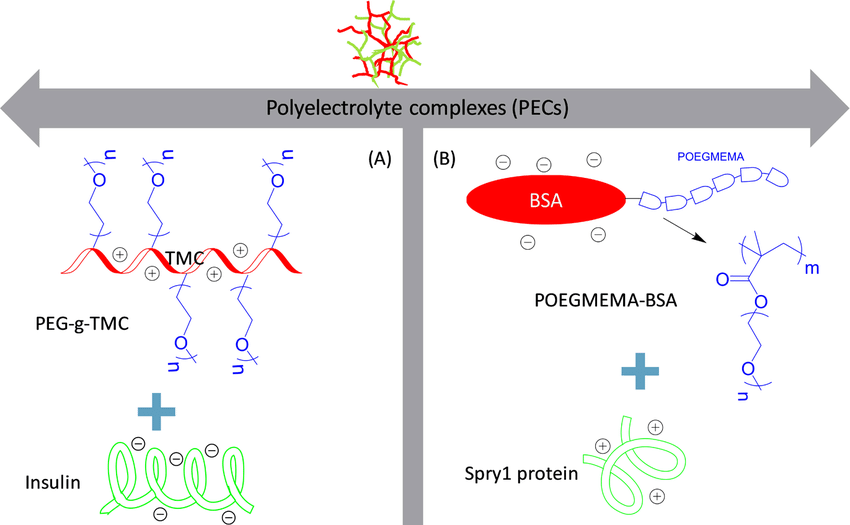Polyelectrolyte Complexes (PECs) Behavior using the SSAGES Software Suite: Insights for Rational Design and Applications
Keywords:
Polyelectrolyte Complexes, SSAGES Software Suite, Simulation Techniques, Associative ChargingAbstract
Polyelectrolyte complexes (PECs) are intricate structures formed by oppositely charged polymers in solution, holding immense significance in diverse applications ranging from drug delivery to self-assembly. This research article delves into the utilization of simulation techniques, particularly within the framework of the SSAGES (Software Suite for Advanced General Ensemble Simulations) suite, to unravel the complex charging and thermodynamic behavior of PECs. SSAGES employs advanced simulation methods, such as metadynamics and adaptive biasing force, to explore intricate free energy landscapes, offering tools to investigate PEC association, dissociation, and thermodynamics. This study emphasizes the exploration of associative charging mechanisms, elucidating how pH variations impact PEC structure and stability, shedding light on electrostatic interactions and hydrogen bonding dynamics. Furthermore, SSAGES facilitates the examination of temperature-dependent effects on PEC stability and conformational changes, unveiling the roles of entropy, enthalpy, and solvent interactions. The insights garnered from SSAGES simulations bridge the gap between fundamental understanding and practical applications of PECs, guiding rational design strategies for tailored PEC-based materials with desired properties.
